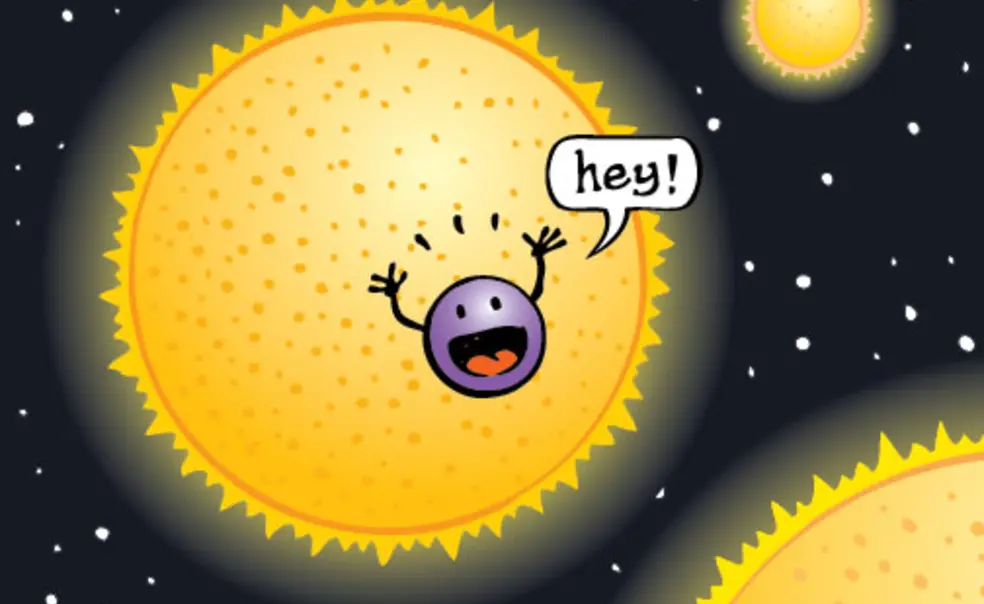BREAKING GROUND: Simpler tools for cosmic findings
AN INEXPENSIVE, PRACTICAL APPROACH Is our solar system unique? Are distant planets out there? Are they similar to those in our solar system, or grossly different? Answering these questions is the goal of the HATNet project, which has placed six small, fully automated telescopes around the Northern Hemisphere, including in Hawaii and Arizona. The telescopes’ mission is to capture the night sky to find exoplanets — planets outside of our own solar system. A similar project by the same team, HATSouth, has 24 telescopes in Chile, Namibia, and Australia. At any time during the day, at least two of the telescopes from one of the continents are looking for planets and stars.
The telescopes work by scanning the sky and finding the rare occasion when an exoplanet — which is not detectable because it does not radiate enough light — passes in front of a bright star, resulting in a fainter light signal. It sounds like searching for a needle in a haystack, but the project has been able to find 38 verified new planets since its start in 2006, with many more awaiting final confirmation. Because the radius of a star can be measured, the size of a planet also can be calculated from the drop in flux and the ratio of the planet to star. Further analysis can tell the planet’s mass, temperature, and type of atmosphere.
A LEADING ROLE HAT stands for “Hungarian-made Automated Telescope” — the project was started by Gáspár Bakos, then an undergraduate at Eötvös University in Budapest, and a group of amateur astronomers. Bakos, now an assistant professor of astrophysical sciences at Princeton, built and set up the telescopes and made sure that all were operational, weathering everything from earthquakes in Chile to bushfires and lightning storms in Africa. The small telescopes are more practical than large telescopes in terms of cost and the need to share time with other researchers, he said.
“The idea is to use small telescopes and modest resources to do competitive science,” Bakos said. Our solar system consists of eight diverse planets, but there is much more planetary diversity to be found. “We have found super-massive planets, 3,000 times as big as the Earth,” Bakos said. The project has also found Neptune-like inflated, extremely low-density planets, as well as other unexpected systems. “Characterizing and detecting these is amazing, and lets us test various theories about what kinds of planets can exist,” he said.
FILMING THE NIGHT SKY Bakos received a 2012 Packard Fellowship for Science and Engineering to fund yet another project, which will use telescopes to record a constant movie of the night sky. Among the project’s goals are to detect exoplanets by detecting transient flashes of light and to issue alerts on asteroids or other objects close to Earth.














No responses yet